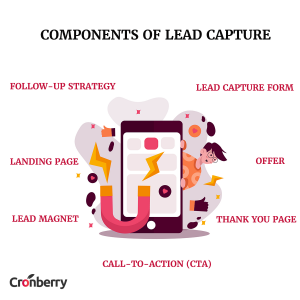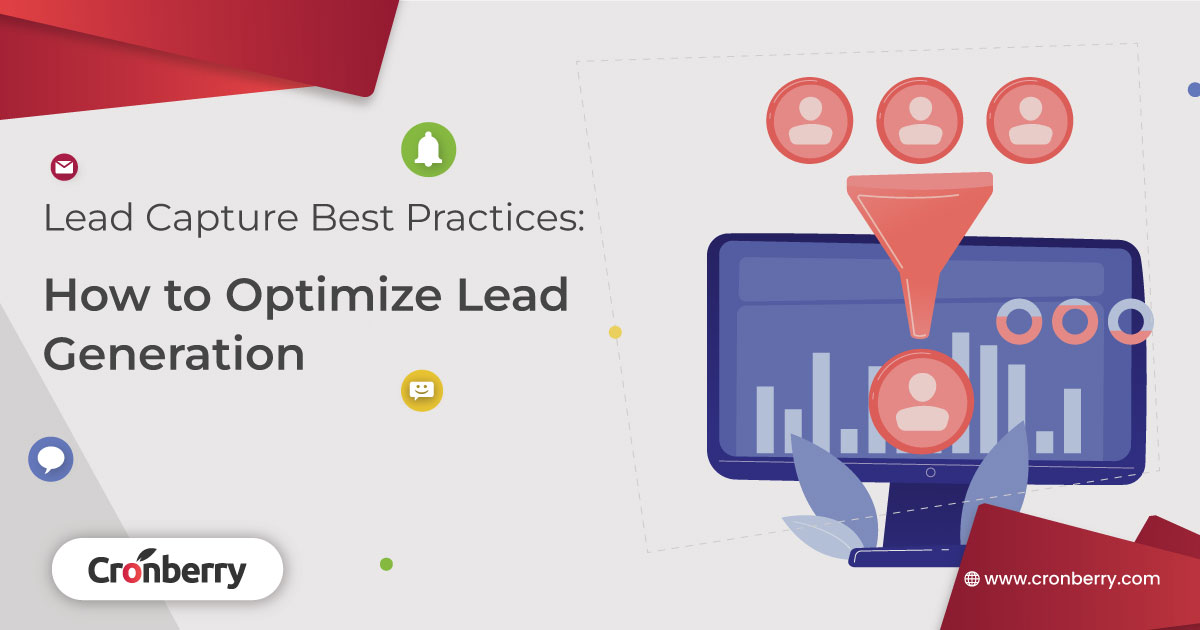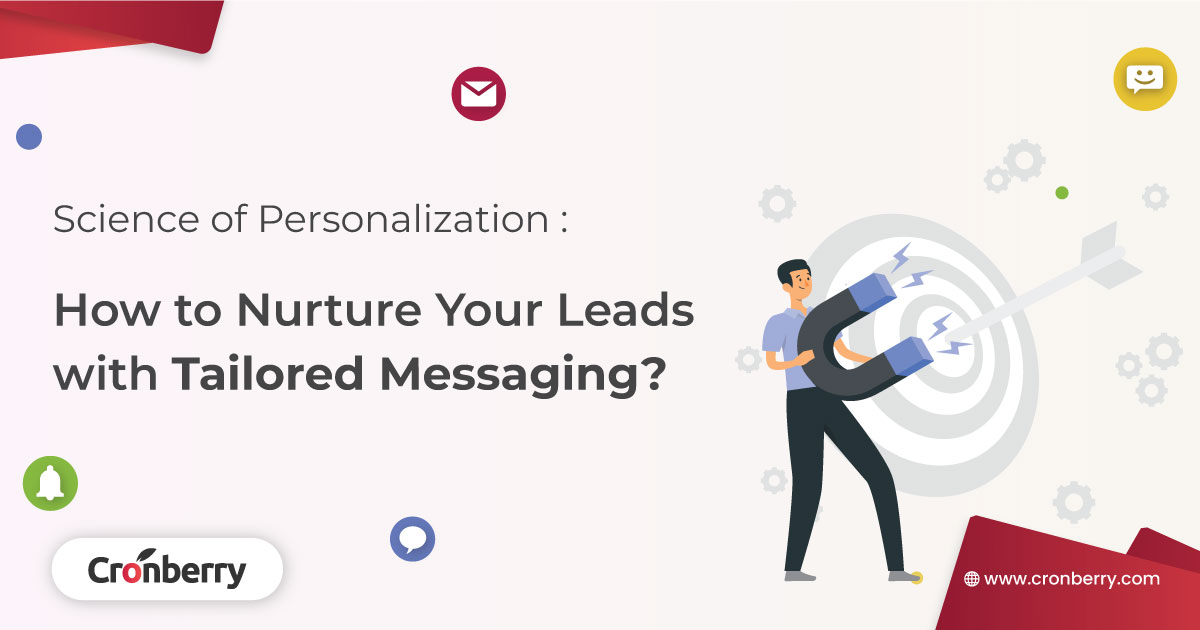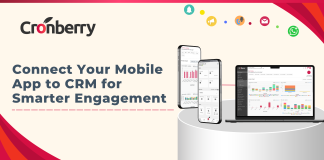Lead generation is a vital aspect of any successful business. It refers to the process of attracting and converting potential customers into actual customers by capturing their interest in a product or service. Lead capture, on the other hand, is the process of gathering contact information from these potential customers, such as their name, email address, phone number, etc., in order to nurture and follow up with them through various marketing channels.
Lead generation and lead capture optimization are crucial aspects of any business that relies on a steady flow of new customers to grow and succeed.
Components of Lead Capture
The components of lead capture are the elements that make up the process of capturing potential customers’ contact information, such as their name, email address, phone number, and other relevant details.

- Offer – A compelling offer is what motivates potential customers to provide their contact information. This could be anything from a free ebook, whitepaper, or webinar to a free trial, consultation, or discount code.
- Landing page – A landing page is a specific page on your website that is designed to capture leads. It should be clear, concise, and relevant to the offer, with a call-to-action (CTA) button that encourages visitors to provide their contact information.
- Lead capture form – The lead capture form is where potential customers provide their contact information in exchange for the offer. The form should be short and simple, asking for only the information that you really need.
- Thank you page – After a lead fills out the form, they should be redirected to a thank you page that confirms their submission and provides additional information about the offer.
- Lead magnet – A lead magnet is a valuable resource that you offer in exchange for a lead’s contact information. This could be a free ebook, whitepaper, or other resource that provides value to the lead and positions your business as an authority in your industry.
- Call-to-action (CTA) – A CTA is a button or link that encourages potential customers to take a specific action, such as downloading a resource or filling out a form.
- Follow-up strategy – Once you’ve captured a lead, it’s important to have a follow-up strategy in place to nurture them and guide them towards a purchase decision. This could include email marketing, social media outreach, retargeting ads, and other tactics.
Overall, the components of lead capture work together to create a seamless and effective process for capturing potential customers’ contact information and nurturing them towards a purchase decision.
Some short case studies about lead capture
- Dropbox increased sign-ups by 60%: By simplifying their sign-up process and adding a one-click registration option, Dropbox increased their daily sign-ups by 60%.
- HubSpot increased conversions by 55%: By simplifying their forms and reducing the number of fields, HubSpot was able to increase their form completion rate by 55%.
- Unbounce increased conversions by 100%: By testing different versions of their landing page and optimizing their lead capture form, Unbounce was able to increase their conversion rate by 100%.
- OpenMoves increased conversions by 300%: By using a pop-up form with an enticing offer, OpenMoves was able to increase their conversion rate by 300%.
- Bizzabo increased conversions by 89%: By optimizing their landing page with a clear value proposition and a simple lead capture form, Bizzabo was able to increase their conversion rate by 89%.
- LeadPages increased conversions by 36%: By adding a countdown timer and a social proof element to their landing page, LeadPages was able to increase their conversion rate by 36%.
- Vendasta increased conversions by 64%: By simplifying their lead capture form and adding a trust badge, Vendasta was able to increase their conversion rate by 64%.
Why is lead capture important?
In today’s digital age, where most customers research products and services online before making a purchase, lead capture has become more important than ever. It allows businesses to build relationships with potential customers, engage with them, and guide them toward a purchase decision. According to a study by HubSpot, companies that excel at lead nurturing generate 50% more sales-ready leads at 33% lower cost per lead.
Let’s take a look at some realistic statistics and case studies that demonstrate the importance of lead capture:
- According to a report by BrightTALK, 80% of marketers say that their lead-generation efforts are only slightly or somewhat effective.
- A case study by Marketo showed that a B2B company increased its lead conversion rate by 73% by optimizing its lead capture process.
- Another case study by Act-On found that a B2C company improved its lead generation results by 90% by implementing a lead nurturing program.
Best practices for optimizing lead generation
So, how can businesses optimize their lead capture process to generate more qualified leads and increase their sales? Here are some best practices to follow:
-
Create a compelling offer
In order to capture leads, you need to give potential customers a reason to provide their contact information. Offer them something of value, such as an ebook, whitepaper, free trial, or discount code, in exchange for their details.
-
Use targeted landing pages
Landing pages are specific pages on your website that are designed to capture leads. Create targeted landing pages for each offer that you provide, and ensure that the content is clear, concise, and relevant to the offer.
-
Optimize your lead capture forms
Keep your lead capture forms short and simple. Only ask for the information that you really need, and avoid asking for too much information that may deter potential leads. Also, ensure that your forms are mobile-friendly and easy to use.
-
Leverage social media
Use social media platforms such as Facebook, Twitter, and LinkedIn to promote your offers and drive traffic to your landing pages. You can also use social media ads to target specific audiences and generate leads.
-
Nurture your leads
Once you’ve captured a lead, it’s important to nurture them through various marketing channels such as email, social media, and retargeting ads. Provide them with relevant and helpful content, and guide them towards a purchase decision.
SWITCH TO INDIA’S SMARTEST CRM-LMS SOFTWARE
If you want to take your sales process to the next level, you need a powerful sales automation algorithm. Cronberry helps businesses streamline their sales process, increase conversion rates, and drive more revenue for your business.
Create campaigns, landing pages, web catalogues, track team performance and so much more. Unlock a more refined way of connecting with the target audiences via Emails, SMS, In-App messaging, and Push Notifications, thereby organizing a segmented strategy for imparting a tailored way of interaction. Segmenting users as per their behavioral activities, engaging them, nurturing, and retaining them thereafter was never this easy before. We believe in results and we’ve designed a complete package of CRM & Lead Management Services (LMS). It’s the time to make a difference.









